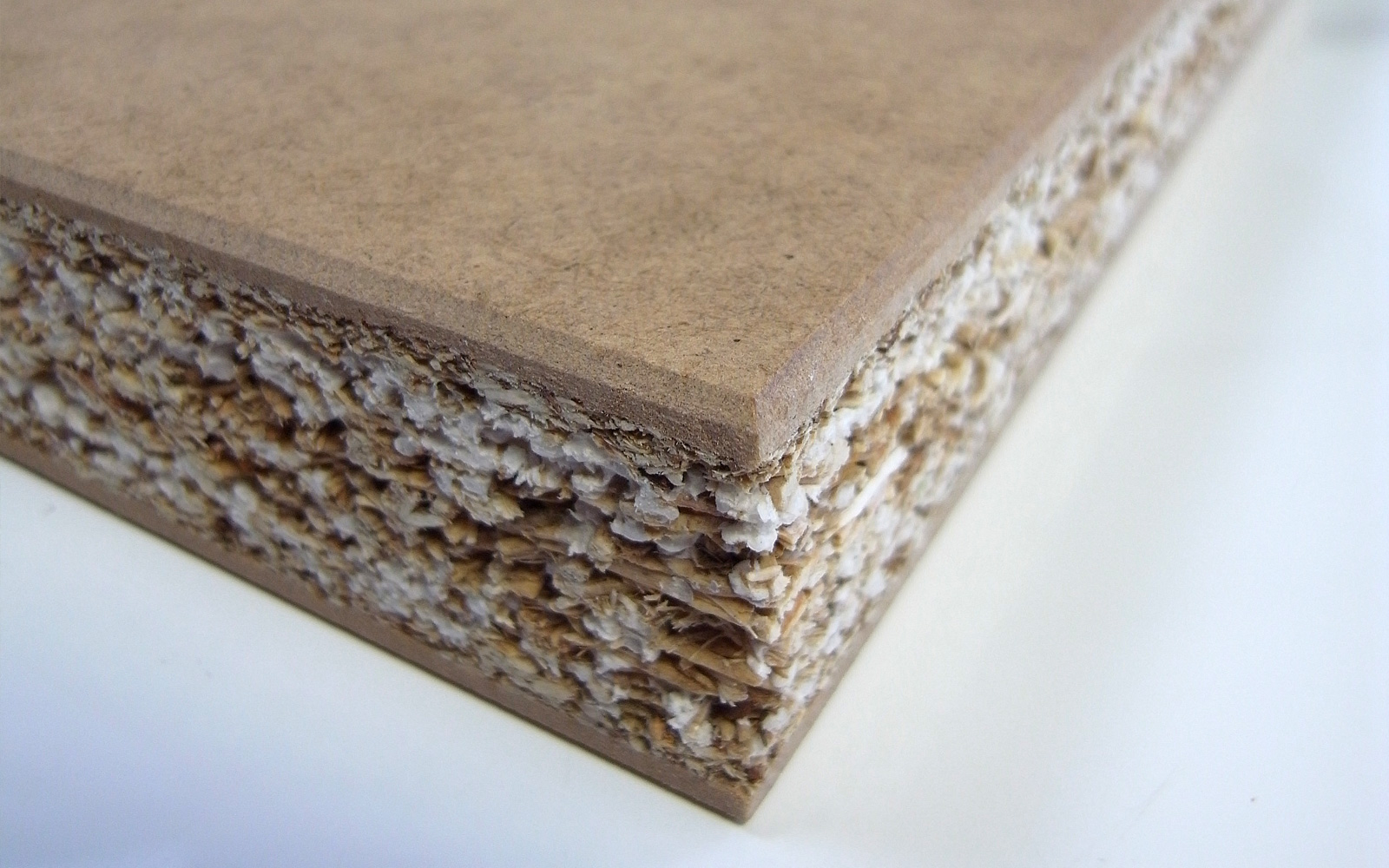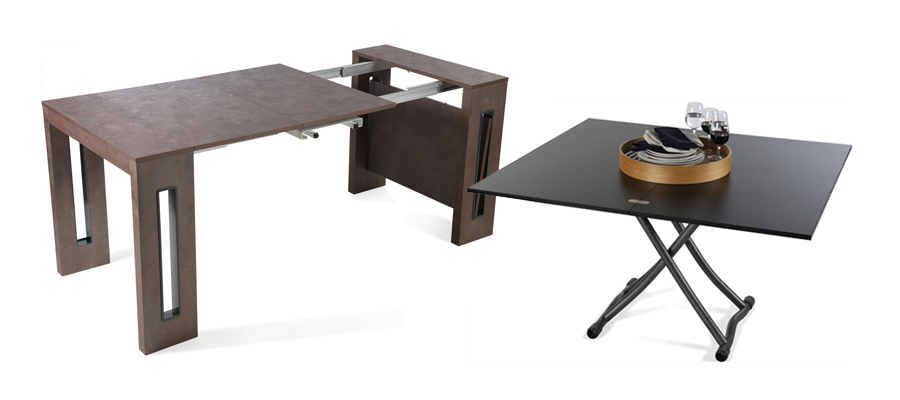Long criticized, melamine is gaining popularity. It's a material that's increasingly used in our homes, and manufacturers have been offering a wide range of finishes and colors for several years. Discover this type of wood with its many finishes...

Melamine, a material with many facets
Melamine wood: Definition
Melamine typically uses a particle board or MDF (Medium Density Fibreboard) as a backing. This panel, covered with a decorative paper sheet coated with a thermo-adhesive resin - called melamine formaldehyde (MF) - is hot-pressed. Melamine can be worked and edge-mounted with melamine thermo-adhesive edges, PVC, polypropylene or wood veneer.
 Glued wood particles
Glued wood particles
Melamine or laminate, which one to choose?
Laminate is made by superimposing 8 to 10 layers of Kraft paper coated with thermosetting resins, on which is placed a sheet of decorative paper covered with a layer of protective resin called "overlay". This assembly is passed under high pressure at high temperature to allow polycondensation of the resins.
Laminate is approximately 0.7 mm thick. It is very strong and resistant to abrasion and high temperatures. It can be laid on various materials such as plywood, fiberboard, or solid wood.
Melamine and laminate are materials that offer good strength-to-price ratio and a wide variety of designs. Melamine is less expensive than laminate. However, it is less resistant, particularly to scratches, abrasion, and heat. It is therefore not suitable for use as a worktop.
Is one better than the other? It's primarily a question of quality, as a good melamine is better than a bad laminate, and vice versa. However, a good laminate is more resistant to heat, abrasion, scratches, and stains than a good melamine. But it costs more.

Melamine color chart
If you opt for melamine wood, don't forget to choose the right color for your interior! The choice is yours: light oak, wenge color , beige, white for modern furniture , etc.
The advantages of melamine wood
Melamine has a smooth surface suitable for all types of uses. It is ideal for everyday handling. It is frequently used by furniture manufacturers as an alternative to solid wood due to its rigidity, lightness, and smooth appearance, which withstands any type of cleaning product.
Your glossy or matte laminate furniture or cabinet is therefore easy to maintain: a soft cloth, sponge, or microfiber cloth will do the trick. Compared to untreated raw wood and solid wood, melamine does not stain. However, it is necessary to avoid any abrasive or stripping materials.
Melamine is one of the most commonly used materials in furniture manufacturing because it offers excellent value for money. It is very strong and highly durable.Be careful, however, that low-end melamine may not offer all of these advantages.

Wood laminated melamine panel
Good to know: Materials made from reconstituted wood panels have the disadvantage of emitting formaldehyde, an odorless pollutant contained in certain glues. Since identifying this problem, manufacturers have been working to reduce this level, particularly by using so-called PBTF panels. In Germany, the panels are already free of this substance.
Uses of melamine in furniture
A material in progress
Long considered simplistic, this material now offers a wide range of styles, colors, and designs. In its standard version, it has a smooth appearance. But in recent years, its finishes have been greatly developed. There are glossy versions, such as lacquer, or textured ones with a 3D appearance that mimics wood grain or the weave of fabric. Melamines are commonly available in matte, glossy, or satin finishes, smooth or textured, plain or decorative. Some are even covered with ceramic tops.
Melamine often reassures customers. They suspect that solid wood will not be suitable for certain types of products, such as modular furniture, which requires wood that is easily treated, lightweight, and resistant to frequent handling.
 Modular tables in melamine wood
Modular tables in melamine wood
To go further, discover numerous modular tables in melamine and other finishes!
Melamine all over the house
Dedicated particularly to furniture, melamine is used for the production of storage shelves inside cupboards, window sills, flat-pack furniture and, above all, kitchens. It is used in this field both for facades and for cabinets.
It is also found in high-end extendable tables and consoles , lift-up tables, and bed wardrobes. These pieces of furniture are made entirely of melamine because they are intended to be handled every day. Wood would be far too heavy. Wall-mounted kitchen cabinets are made of melamine for the same reason.
The use of melamine in furniture manufacturing allows for a wood-like appearance that is not fragile and easy to use on a daily basis. For example, in extendable lift-top tables made with melamine-coated wood tops, these folding tops are designed to be folded and refolded frequently to save space in a room. In this context, melamine is appreciated for its lightness, maneuverability, and durability.
 Melamine wood wall bed
Melamine wood wall bed


 The up and down coffee table: practical on a daily basis for small homes
The up and down coffee table: practical on a daily basis for small homes
 Liftable table: which design to go with my sofa?
Liftable table: which design to go with my sofa?
 Liftable coffee table: round or rectangular? Our advices
Liftable coffee table: round or rectangular? Our advices
 Tips and good ideas for furnishing a studio for rental
Tips and good ideas for furnishing a studio for rental
 Quelle dimension de canapé choisir ? Le guide ultime pour un achat parfait
Quelle dimension de canapé choisir ? Le guide ultime pour un achat parfait
 Quelle couleur associer avec votre canapé vert foncé ?
Quelle couleur associer avec votre canapé vert foncé ?




















































